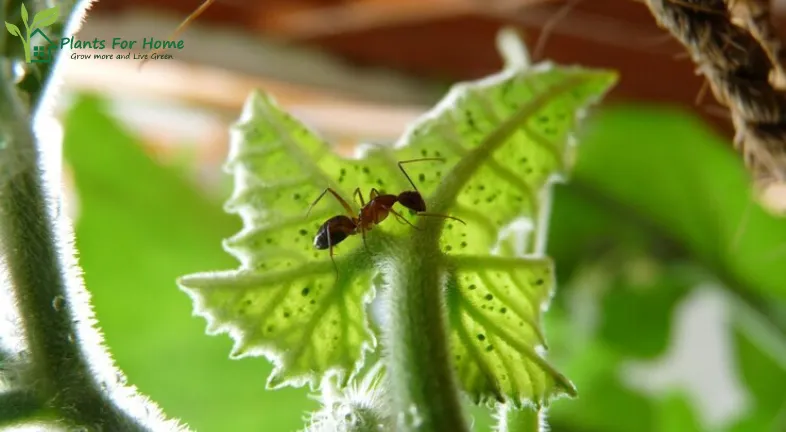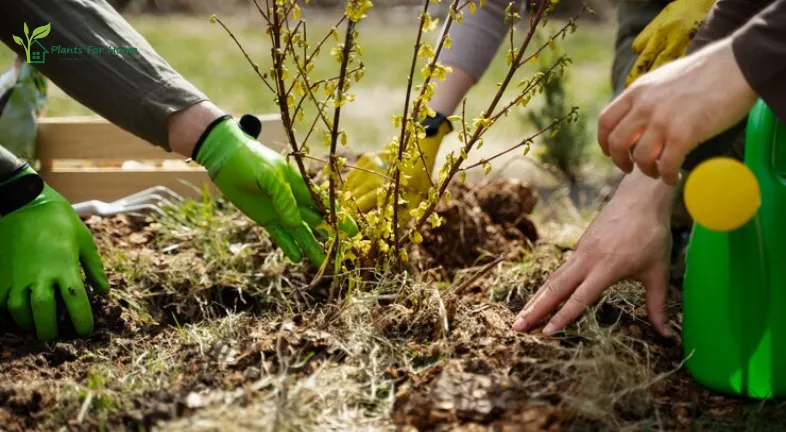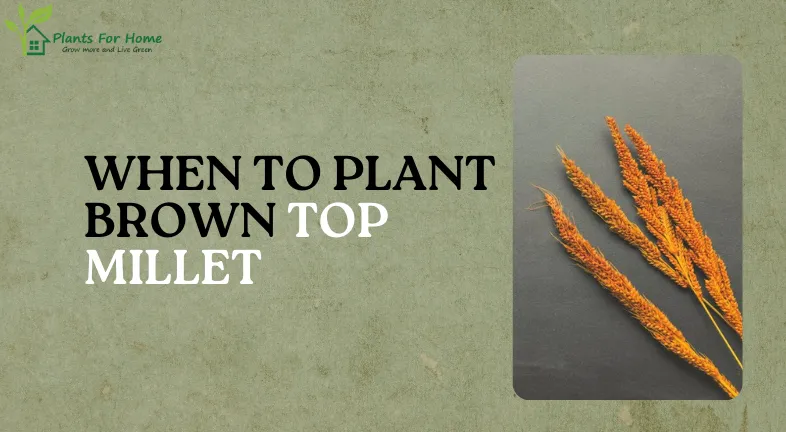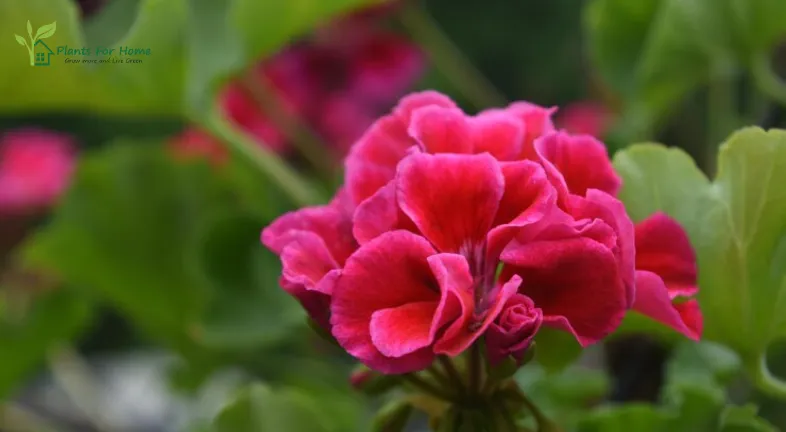ARE CAT TAIL PLANT POISONOUS ?

Around the world, people are acquainted with seeing cattails (Typha spp.) standing tall in wetlands, riverbanks, and marshes. Its sword-like leaves and unusual brown, “furry” seed heads give the environment a distinctive look. Cattails are beautiful, but they also have a long history of useful applications, especially in many different cultures. But one frequently asks: Are cattails poisonous?
The response varies.
There is no easy way to determine if cattails are poisonous. While some cattail components are usually regarded as safe to eat and may even have some nutritional benefit, other parts and particular circumstances call for caution:
Secure Sections of the Tail:

Young shoots: Known to be a delicacy in many cultures, the fragile white shoots that emerge in the early spring can be eaten raw, boiled, or roasted. It’s imperative to differentiate juvenile cattail branches from other potentially hazardous plants present in comparable environments.
Pollen: Traditionally, flour was made from cattail pollen, which is also useful for thickening soups and stews. Allergists, however, should proceed with caution.
Sections to Avoid:
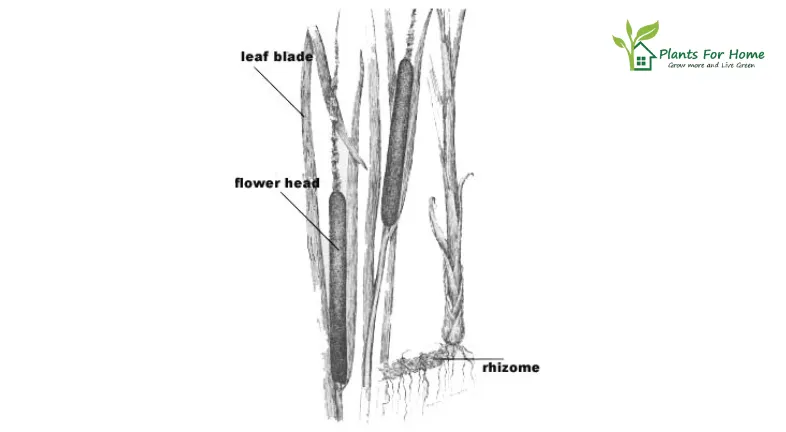
Stalks and leaves: Although their fibrous and difficult-to-digest leaves and stems render mature cattails unsafe for human consumption, they do not intrinsically contain any toxin. Seeds: The fluffy seeds’ sharp barbs can irritate the mouth, throat, and digestive system if ingested.
Additional Points to Remember:
It’s important to prepare: To reduce the risk of stomach problems, even when consuming sections of the cattail that are acceptable to eat, it is important to prepare them properly by peeling and frying them.
Seek expert advice: Seek advice from a trained herbalist or botanist if you’re unclear about recognizing or consuming any component of the cattail.
Personal sensitivities: Remain aware of possible allergic reactions at all times and refrain from eating any part of the cattail if you feel uncomfortable.
Beyond the Consumption Point:
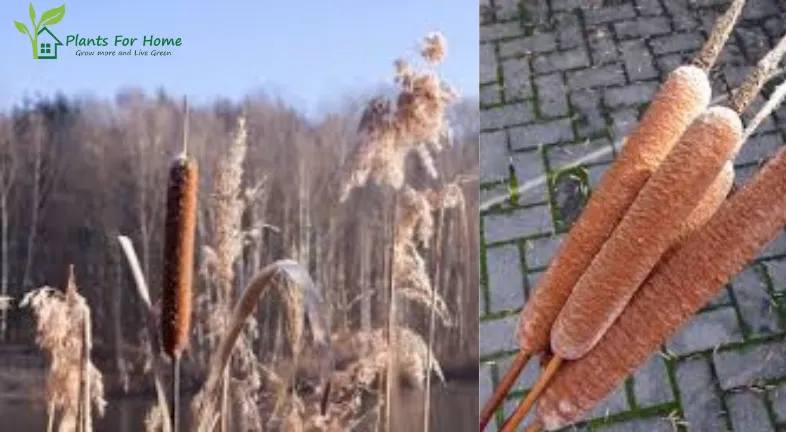
Although the topic of cattail toxicity is frequently raised in relation to ingestion, it’s crucial to realize that in other circumstances, they don’t present much of a risk:
Pets: Although cats and dogs can safely consume cattails, their digestive systems may become irritated by the sharp barbs in the seeds.
Skin contact: Unless you already have skin sensitivity, coming into contact with cattails usually doesn’t irritate your skin.
Dissecting the Cattail:
Edible Parts: Under some conditions, cattails’ young branches, pollen, and flower spikes can be consumed. However adequate planning is essential. Parts that are overcooked or improperly prepared can upset your stomach and cause other digestive problems.
Non-Toxic Parts: In general, people do not consider the mature leaves and stems of cattails to be toxic. They may, however, be harsh and irritate some people’s skin.
Warning: The milky white liquid and seeds in the stems and leaves can irritate people and perhaps cause harm, especially to young children and animals.
Safety precautions:
Use Caution: It’s recommended to err on the side of caution and refrain from consuming any cattail if you’re doubtful about anything about it.
Appropriate Preparation: If you plan to eat edible pieces, make sure you identify and prepare them correctly, according to reputable sources, and in advance of consulting a competent wild food specialist.
Seek Medical Attention: Get help right away if you feel unwell after eating cattails or coming into contact with them.
Although cattails have many advantages and have been used historically, it is important to handle them carefully and knowledgeable. Comprehending the possible hazards, namely pertaining to ingesting seeds and coming into contact with the liquid on the skin, guarantees conscientious engagement and prevents avoidable injury. Never forget to put safety first and seek professional advice if you are unsure about any part of a plant.
Beyond the Hazardous:
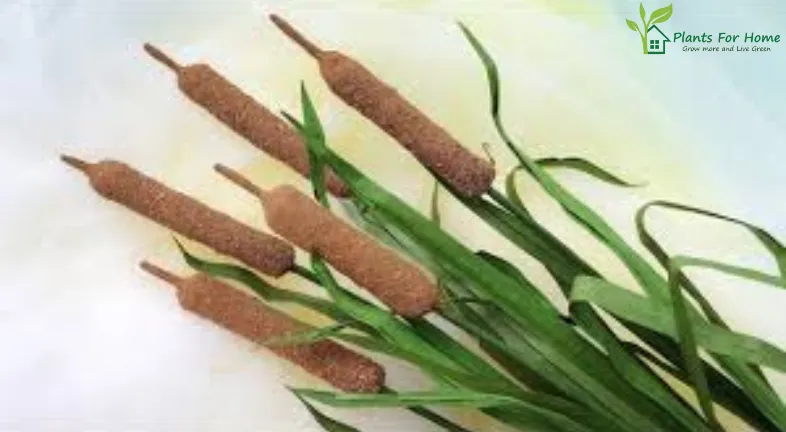
Even though cattails might be dangerous in some circumstances, it’s vital to recognize their ecological significance and variety of uses:
Habitat and Food Source: A variety of wildlife species, such as fish, birds, and insects, rely on cattails as a vital habitat and food source.
In their wetland habitats, they are essential for filtering contaminants and preserving water quality. This is known as filtration and remediation.
Traditional Uses: Cattails have been utilized for construction materials, medicine, and crafts for ages in a variety of cultures.
CONCLUSION:
An interesting example of a plant with several purposes, cattails can be used for food, flour, building materials, and even traditional medicine. While some sections are usually safe to eat when cooked and recognized correctly, other parts should be used with caution as they may cause gastrointestinal distress or irritation. When in doubt, never take any wild plant without first consulting a professional.




